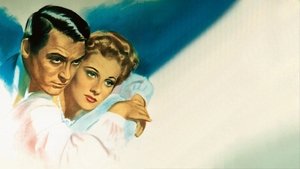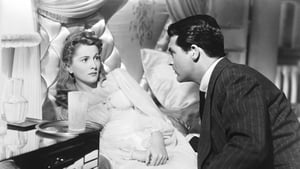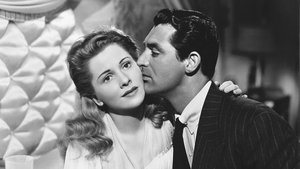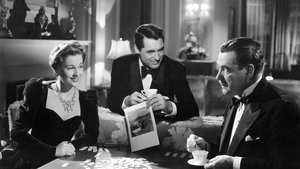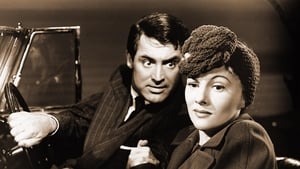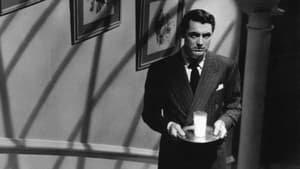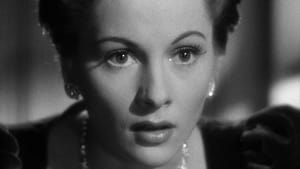Contact: [email protected]
Video Sources 0 Views

Synopsis
[ez-toc]




Introduction
In the vast tapestry of cinema history, certain films emerge as timeless classics, etching their mark on the collective memory of audiences. “Suspicion Colorized” (1941) is one such gem, a captivating piece directed by the legendary Alfred Hitchcock. As the film industry evolves, the question of preserving these old movies becomes paramount, and one controversial solution has emerged – the colorization of black-and-white classics.
Read Media File Transfer Agreement: Terms and Conditions
Read FAQ
In this article, we delve into the allure of “Suspicion Colorized 1941,” exploring its significance in cinematic history, the enduring appeal of old movies, the art of film noir, Alfred Hitchcock’s directorial brilliance, the stellar performances of Cary Grant and Joan Fontaine, the adaptation process from novel to screen, and the controversial topic of colorization. We’ll also scrutinize the impact of colorization on the viewing experience and discuss the delicate balance between film restoration and innovation.
The Enduring Appeal of Old Movies and Films
In an age dominated by cutting-edge special effects and high-definition visuals, the enduring appeal of old movies remains a cinematic paradox. Audiences find themselves irresistibly drawn to the black-and-white charm of classic films, savoring the vintage aesthetics and storytelling techniques that defined an era. The grainy textures, the deliberate pacing, and the use of practical effects contribute to an authentic viewing experience that transcends the constraints of time.
Preserving these cinematic relics, however, is no small feat. The delicate process of film preservation requires meticulous care to ensure that the essence of these old films is not lost to the ravages of time. Restoration efforts become a labor of love, aimed at presenting these classics in a format that resonates with contemporary audiences.
Understanding Film Noir: A Brief Introduction
“Suspicion Colorized” (1941) effortlessly slides into the film noir genre, characterized by its dark, mysterious atmosphere, morally ambiguous characters, and intricate plots. The film noir movement emerged in the 1940s, and “Suspicion” embodies its key elements – shadowy visuals, intense emotions, and a sense of impending doom. Hitchcock’s mastery in crafting suspenseful narratives finds a perfect canvas in the film noir landscape.
The Directorial Brilliance of Alfred Hitchcock in “Suspicion Colorized” (1941)
Alfred Hitchcock, often hailed as the ‘Master of Suspense,’ leaves an indelible mark on “Suspicion.” His unique vision and storytelling techniques elevate the film beyond its noir roots. Hitchcock’s signature use of suspense, coupled with brilliant cinematography, creates an atmosphere of tension that lingers throughout the narrative. Every frame is a carefully orchestrated dance between light and shadow, reinforcing the psychological complexity of the characters.
Examining the Captivating Performances in “Suspicion Colorized” (1941)
At the heart of “Suspicion Colorized” are the magnetic performances of Cary Grant and Joan Fontaine. Grant, the epitome of charm and charisma, embodies the enigmatic Johnnie Aysgarth. Fontaine, in turn, delivers a nuanced portrayal of Lina McLaidlaw, the vulnerable yet resilient protagonist. Their on-screen chemistry is electric, adding layers to the intricate narrative. Grant’s ability to portray a character teetering on the edge of charm and suspicion showcases his versatility as an actor, while Fontaine’s vulnerability draws the audience into her world.
Adapting Words to Images: From “Before the Fact” to “Suspicion Colorized”
The journey from page to screen is often fraught with challenges, and “Suspicion Colorized” is no exception. The film is an adaptation of Francis Iles’ novel “Before the Fact.” Hitchcock’s mastery lies not only in translating the narrative to the visual medium but also in infusing his unique style into the storyline. The adaptation process becomes a delicate dance, preserving the essence of the source material while allowing the director’s creative fingerprints to shine through.
The Controversy of Colorization: Should Old Movies Be Transformed?
The debate surrounding the colorization of old movies is a polarizing one. On one side, purists argue that tampering with the original black-and-white aesthetics compromises the integrity of the film. On the other side, proponents of colorization argue that it breathes new life into classics, making them more accessible to modern audiences. The controversy is not limited to “Suspicion Colorized,” as many iconic films face the dilemma of whether to embrace the vivid hues or maintain the authenticity of their original presentation.
The Impact of Colorization on the Viewing Experience of “Suspicion Colorized” (1941)
Choosing to colorize “Suspicion Colorized” introduces a new dimension to the film. The once monochromatic world of noir is now bathed in a spectrum of colors, altering the mood and atmosphere. While purists may cringe at the thought of a colorized classic, there’s an argument to be made for how this transformation can engage a new generation of viewers. The film noir elements, however, may lose some of their potency, as shadows and contrasts are softened by the addition of color.
Preserving the Intended Vision: Balancing Restoration and Innovation in Film Remastering
The delicate task of remastering old movies lies in finding a balance between restoration and innovation. Film restoration techniques aim to breathe new life into the visuals without compromising the director’s original intent. Digital enhancement becomes a powerful tool, preserving the integrity of the film while enhancing the viewing experience. Striking this delicate balance ensures that classics like “Suspicion Colorized” remain timeless, irrespective of the format.
The Significance of “Suspicion Colorized” (1941) in Both Its Original and Colorized Forms
Regardless of the ongoing colorization debate, “Suspicion” (1941) remains a significant chapter in cinematic history. In its original form, it stands as a testament to Hitchcock’s mastery and the allure of film noir. In the colorized version, it opens the doors to a new audience, inviting them to experience the narrative in a different light. The enduring legacy of “Suspicion” transcends its visual presentation, making it a must-watch for cinephiles across generations.
Embracing the Classics: Appreciating “Suspicion” (1941) and Other Old Films
As we navigate the complex landscape of cinema, it’s crucial to appreciate the rich history encapsulated in old films. “Suspicion” (1941) serves as a gateway to the world of Alfred Hitchcock’s brilliance, and its colorized version adds a contemporary twist. Beyond “Suspicion,” exploring other works by Hitchcock, such as “Psycho” and “Vertigo,” offers a deeper understanding of his contribution to cinematic history. Let’s not forget the supporting cast members Nigel Bruce and Leo G. Carroll, who contribute significantly to the film’s overall impact.
In conclusion, “Suspicion Colorized 1941” beckons audiences to revisit the classics, whether in their original black-and-white glory or adorned in vibrant hues. The debate over colorization persists, but one cannot deny the timeless allure of Hitchcock’s masterpiece. As we continue to embrace the classics, let “Suspicion” stand as a beacon, guiding us through the labyrinth of old movies and films, each frame a testament to the enduring magic of cinema.
